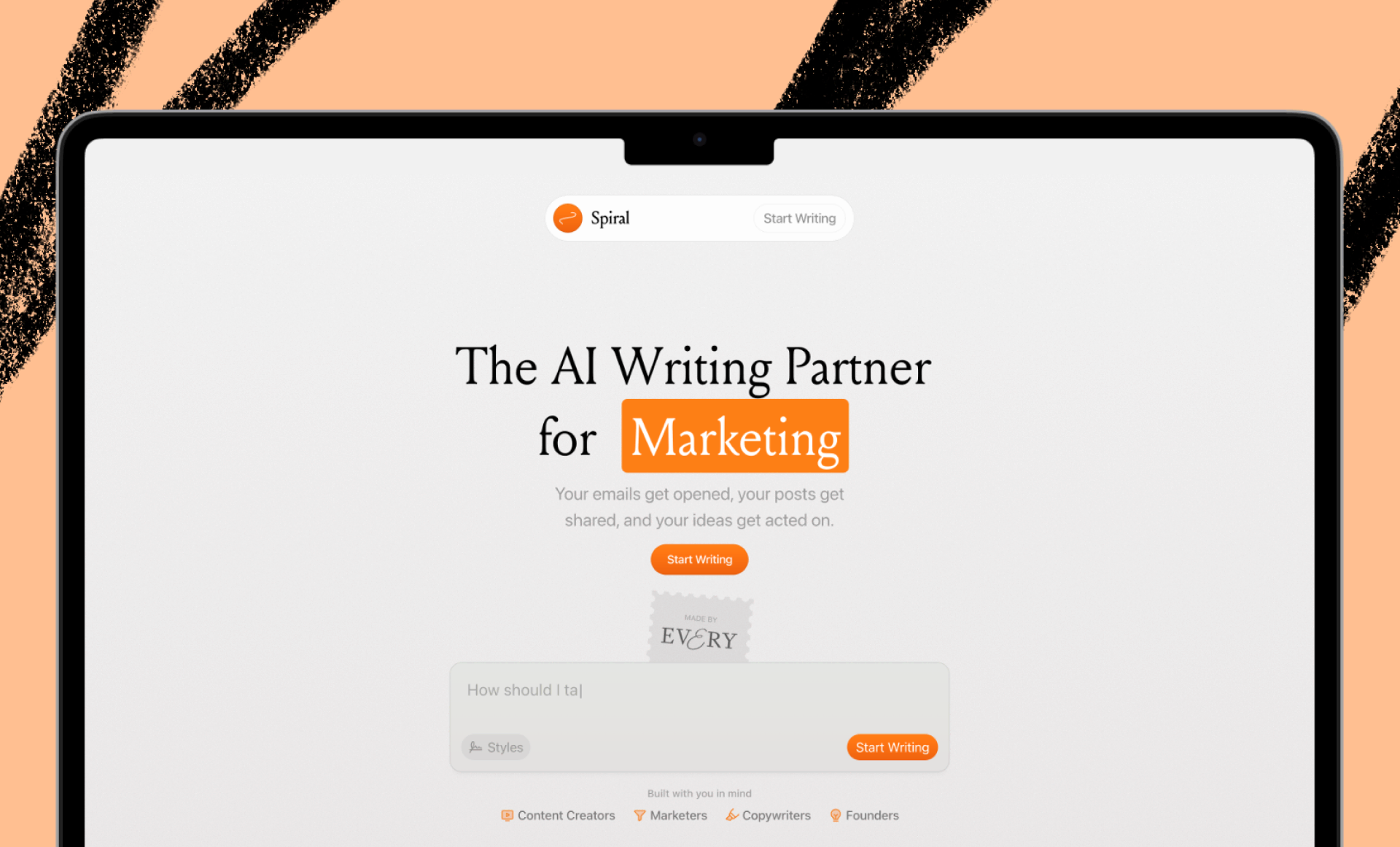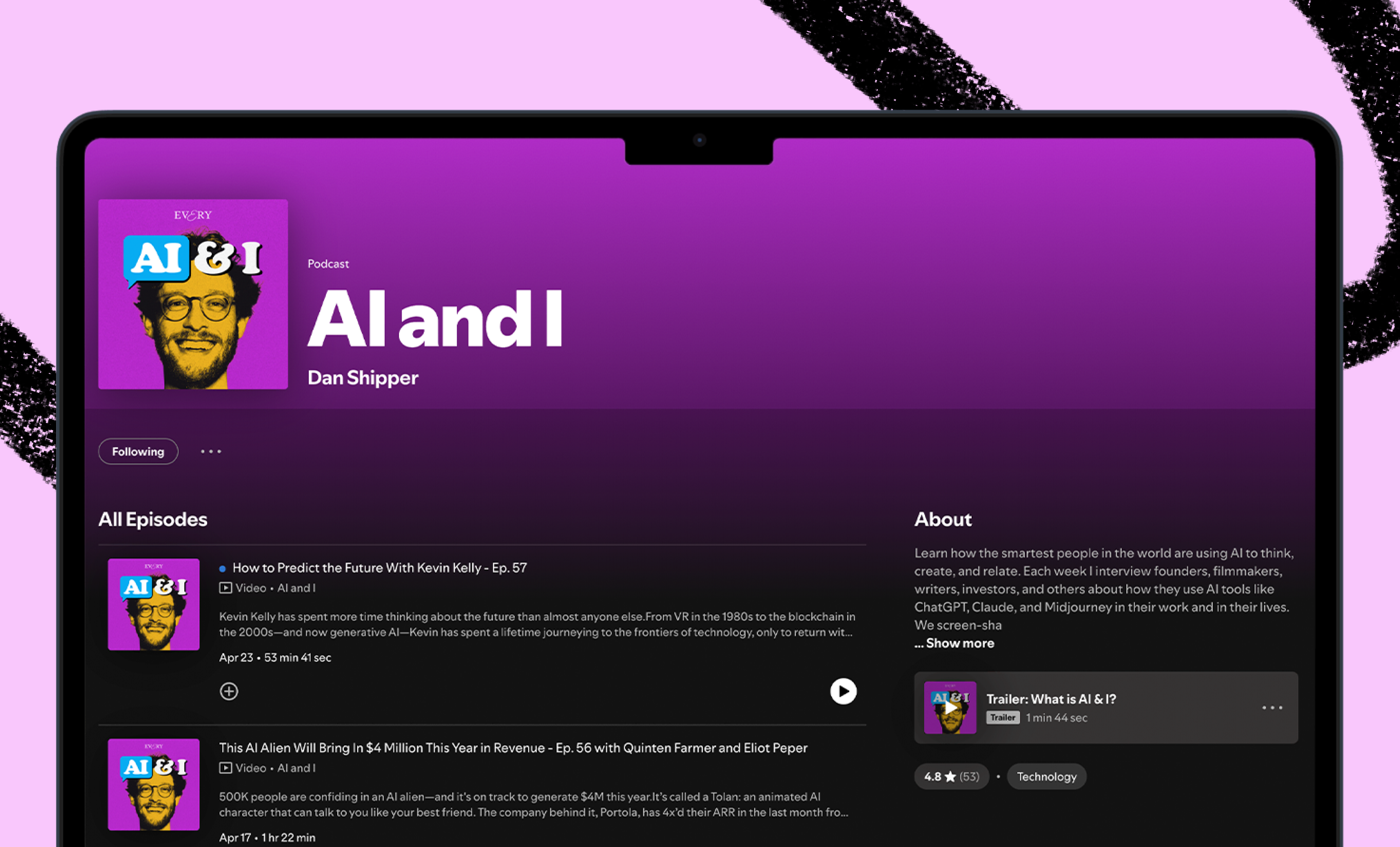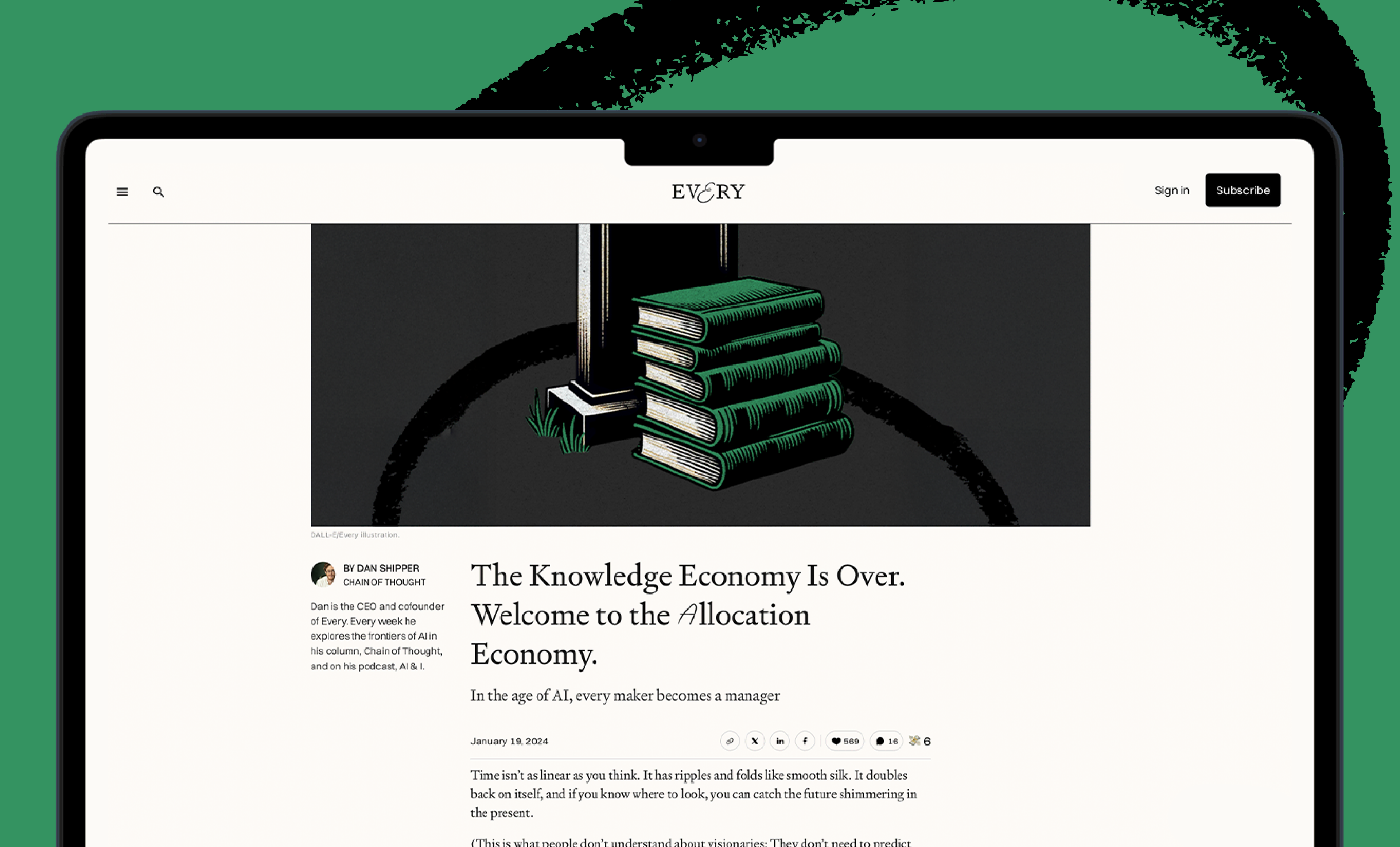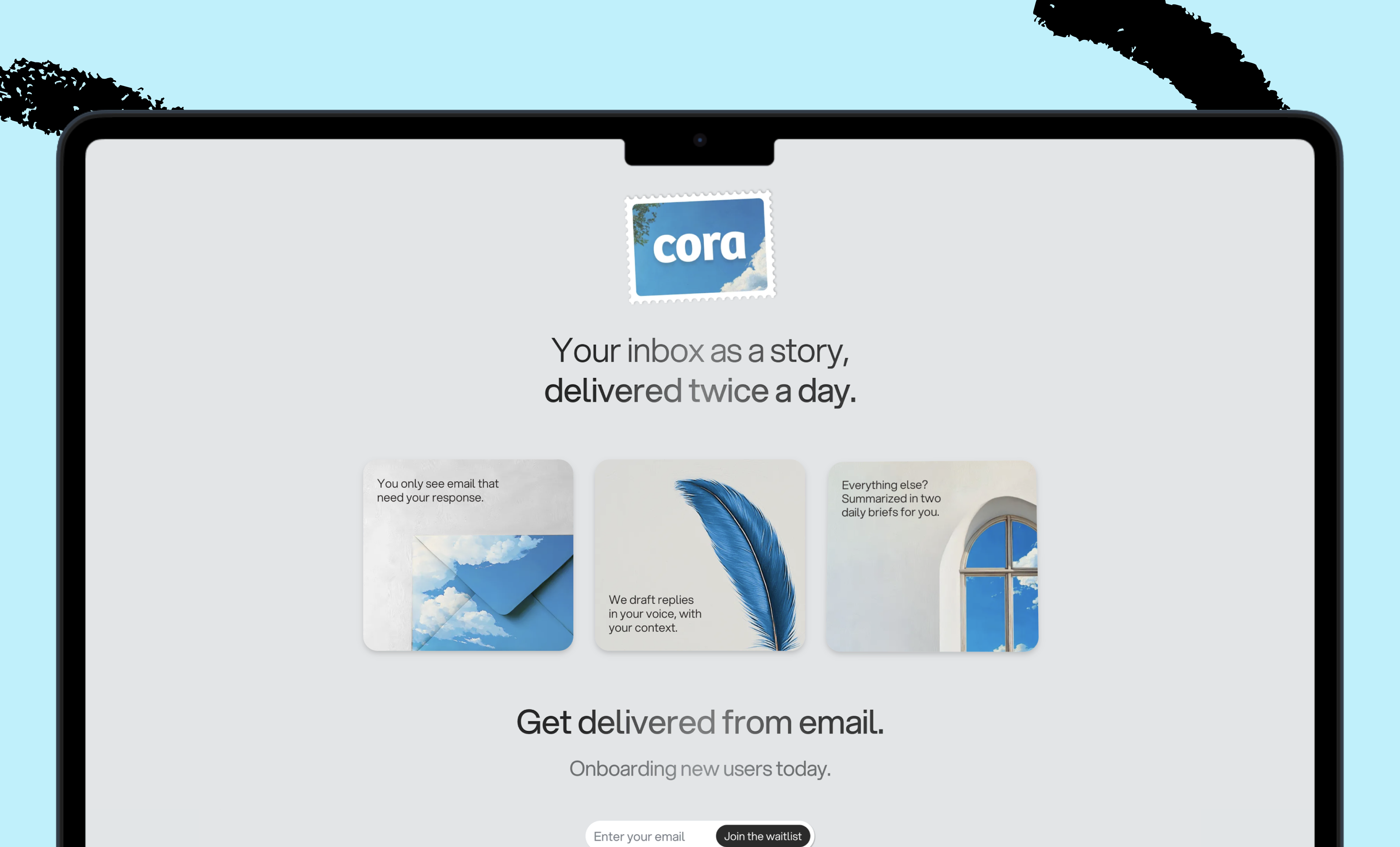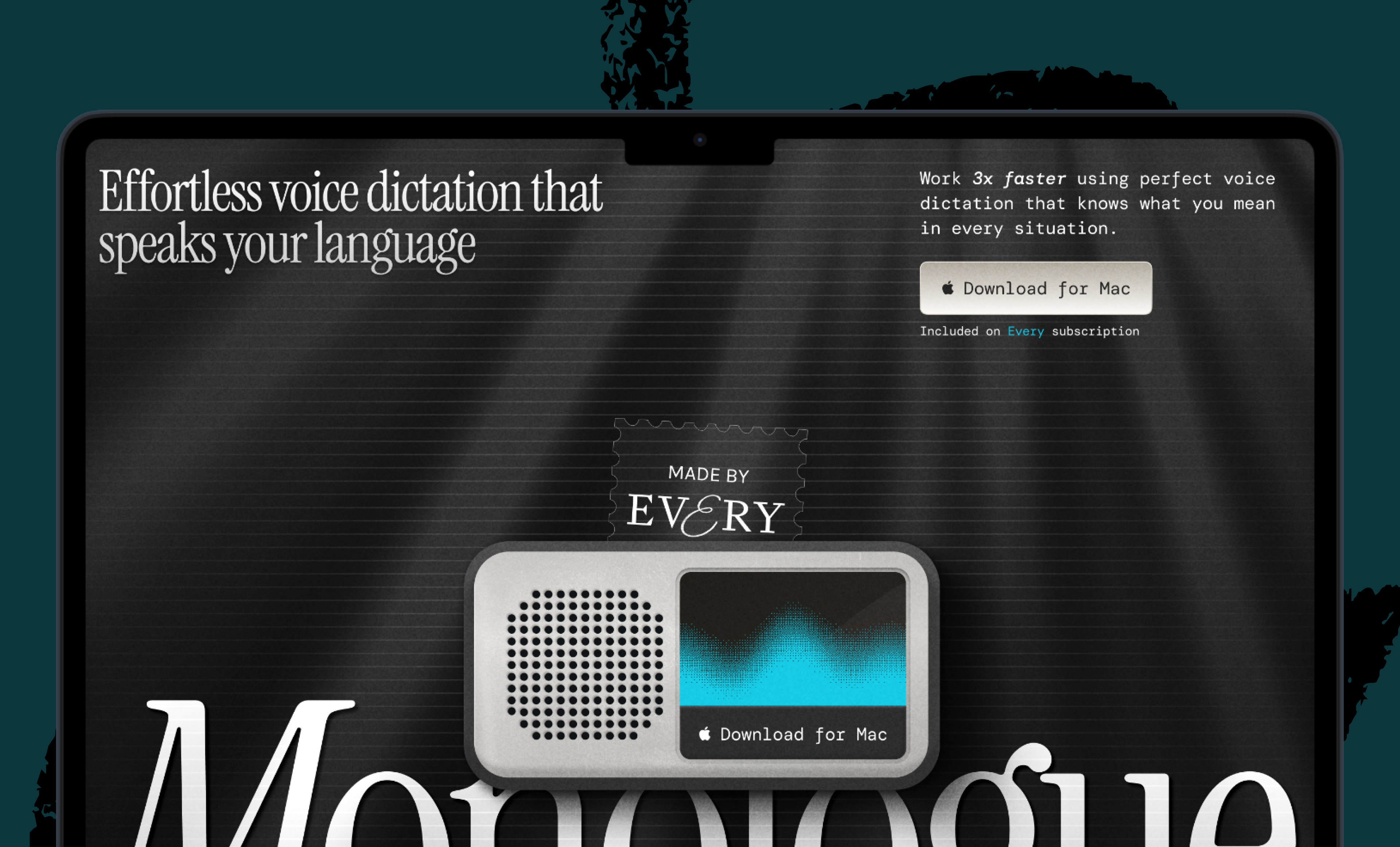
TL;DR: Today we’re releasing a new episode of our podcast AI & I. I go in depth with Packy McCormick, writer of Not Boring, a newsletter about technology and startups, and founder of Not Boring Capital, an early-stage fund that backs ambitious startups. Watch on X or YouTube, or listen on Spotify or Apple Podcasts.
Packy McCormick’s job is to find, articulate, and invest in the next big idea. I spent an hour with him to understand how he’s baked AI into his process.
Packy writes Not Boring, a newsletter that analyzes technology and startups for 200,000 subscribers every week. He also invests through his fund, Not Boring Capital, which backs early-stage companies that combine sci-fi ideas with viable business models. And he’s an advisor at a16z crypto.
We talked about why Packy thinks vertically integrated businesses are the future of technology, how he uses Claude’s Projects feature to edit his newsletter, and the process behind making interactive graphics to illustrate complex concepts from his essays. We also discussed the tools he uses to research, write, and edit essays—plus, we got his hot takes on the crypto market. To cap it off, we used Projects to build a custom AI tool that grades and reviews Packy’s essays live on the show. Here’s a link to the transcript of this episode.
This is a must-watch for writers, investors, and anyone trying to understand the cutting edge of technology.
Watch on X or YouTube. Listen on Spotify or Apple Podcasts.
Go deeper with Packy
Every paid subscribers can read the top takeaways from this episode, such as:
- Why Packy thinks vertically integrated businesses are the future of technology
- How he uses Claude to research, write, and edit Not Boring
- Packy’s quick takes on your crypto portfolio—and what crypto means for copycat AI content
- The tools Packy uses to create his newsletter from start to finish
Want to get all of this and more? Subscribe to Every.
The Only Subscription
You Need to
Stay at the
Edge of AI
The essential toolkit for those shaping the future
"This might be the best value you
can get from an AI subscription."
- Jay S.
Join 100,000+ leaders, builders, and innovators

Email address
Already have an account? Sign in
What is included in a subscription?
Daily insights from AI pioneers + early access to powerful AI tools

